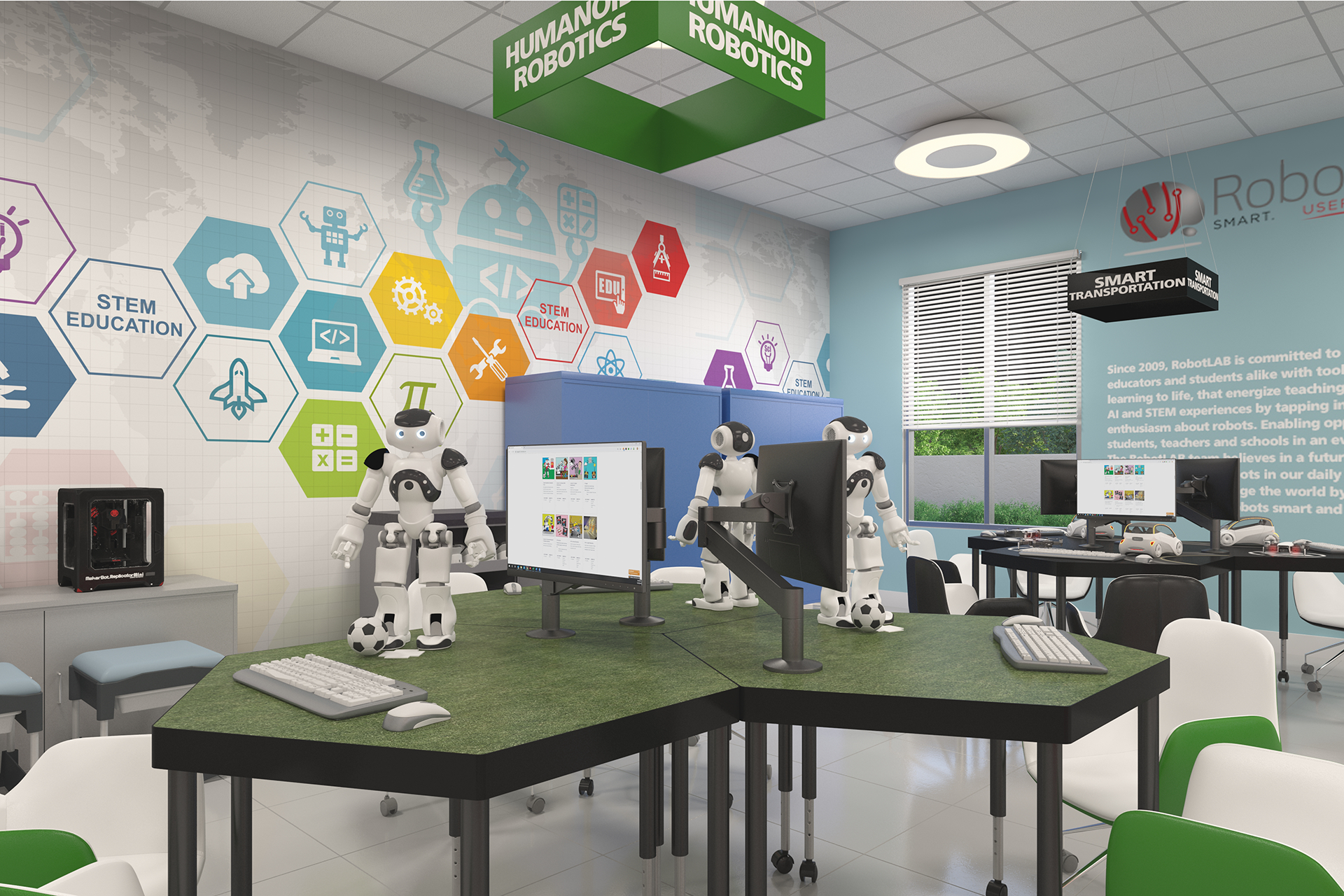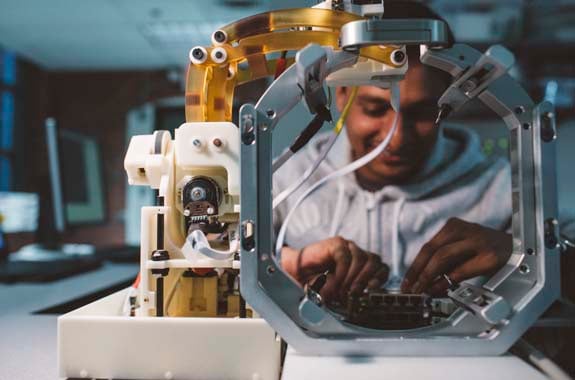Summer break checklist for teachers: 5 ideas and tips
 Photo by Christina @ wocintechchat.com on Unsplash
Photo by Christina @ wocintechchat.com on Unsplash
It has been a very long and challenging two-year period for schools all around the world. And if you are a teacher, you probably can relate. But you made it through and now you can finally relax!
You are probably asking what’s next when school starts again for the 2021/2022 academic year. Even though the global scenario is slowly getting back to normal for most countries, uncertainty is still there. One thing is for sure: you need to recharge your batteries and get in the right mindset. Grab your notebook, we have made up a list of 5 ideas and tips to help you create your own Summer break checklist!
- 0 Comments
- Jul 12, 2021 10:53:47 AM
- Posted by Natalia Galvis
- Topics: EdTech, STEM, students, Technology, Innovation, Edchat, Jobs, STEMjobs, Digital Technology, online, lessons, careers
How Important Is Technology in Nowadays’ Education
By Ryan Pell
 Photo by ThisisEngineering RAEng on Unsplash
Photo by ThisisEngineering RAEng on Unsplash
Growing up, most of us had a teacher who refused to implement technology in the lessons. They had their trusty old textbook and thought that everything that’s written there would remain true through the ages.
However, that’s not how education works. It evolves rapidly, thanks to technology for the most part. According to Promethean, the focus on boosting student engagement with tech has increased by 29%. And yet, the implementation of EdTech is the priority for only 39% of U.S. schools.
Today, we’re going to take a look at the role technology plays in today’s education and why more schools should give it a priority.
- 0 Comments
- Jul 8, 2021 10:00:00 AM
- Posted by Natalia Galvis
- Topics: EdTech, STEM, students, Technology, Innovation, Edchat, Jobs, STEMjobs, Digital Technology, online, lessons, careers
Pepper Robot Debut a Small/Medium Business Version
This affordable package allows small businesses struggling with labor shortages to automate their customer service and user experience.
 Pepper Robot Wine Store RobotLAB
Pepper Robot Wine Store RobotLAB
- 0 Comments
- Jul 7, 2021 6:25:12 PM
- Posted by Natalia Galvis
- Topics: EdTech, STEM, students, Technology, Innovation, Edchat, Jobs, STEMjobs, Digital Technology, online, lessons, careers
How To Prepare Students For The Jobs of The Future
By Joe Lombardi

Educating today's students for tomorrow's nonexistent jobs can be a challenge--one educators should be prepared to meet.
- 0 Comments
- Jul 7, 2021 10:00:00 AM
- Posted by Natalia Galvis
- Topics: EdTech, STEM, students, Technology, Innovation, Edchat, Jobs, STEMjobs, Digital Technology, online, lessons, careers
19 Futuristic STEM Jobs: Finding a Career in the Future

No matter how hard you try to predict the future, it will always be uncertain. While some probably thought we would have had flying cars by now, it’s not quite the case.
Most science fiction though, for the most part, eventually becomes science fact.
So how do we take that knowledge and prepare our children for future?
Well, if we follow trends and look to research, we can do a pretty good job of predicting advancements. Flying cars were probably a stretch of a guess, but driverless cars? Sure. And wouldn’t you know it, you’re seeing more of them being tested on the road every single day.
Technology is at the forefront of such innovations. So for parents looking to give their children a leg up in the future, that means introducing STEM in early childhood to help kids develop related tech skills and future-proof their education.
I mean, consider the employment landscape of 1990. Jobs like Social Media Manager and UX Designer were unheard of—in fact, many jobs didn’t exist even ten years ago. It’s also reported that 65% of children entering school will eventually work at jobs that don’t exist today.
- 0 Comments
- Feb 6, 2020 10:00:00 AM
- Posted by Natalia Galvis
- Topics: Robotics, EdTech, STEM, 21st Century Classroom, Robots,, STEMchat, Edchat, STEMjobs
We Can’t Predict the Jobs of the Future, But We Know What STEM Skills Matter
What do a drone operator, genetic counselor, and data miner all have in common? None of these jobs existed five years ago, and all of them will likely transform again in the next five years. The crystal ball for career planning is decidedly less certain than it was in the past. By some estimates, 85% of the jobs that will exist in 2030 haven’t even been invented yet, and there are number of STEM skills that will help students be successful.

- 0 Comments
- Aug 15, 2019 10:30:00 AM
Relevant Posts
Popular Posts
Subscribe to Email Updates
-
I Want To Learn MoreADDITIONAL INFORMATION


